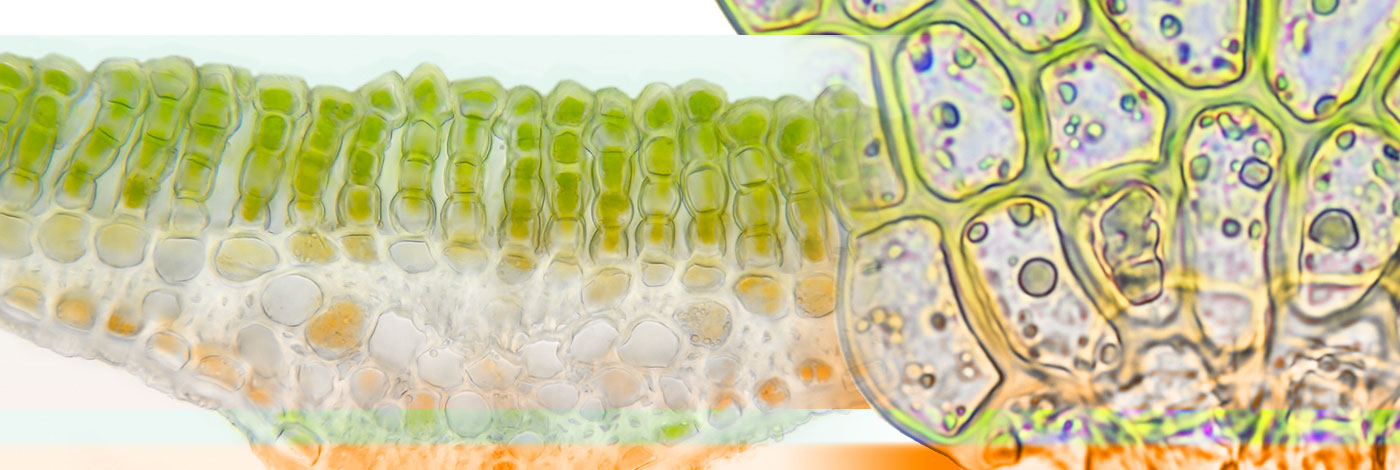
 Cryptogamie, Bryologie
23 (2) - Pages 123-147
Cryptogamie, Bryologie
23 (2) - Pages 123-147Dicranum viride, is a rare species in France, considered as vulnerable in Europe, and clearly declining over the whole of its European distribution area. It is mentioned in appendix II of the directive habitat under the heading of Community species of interest, and in the Red Data Book of European Bryophytes. Knowledge on its auto-ecology still remains perfunctory and requires more precise research in order to better determine the environmental requirements of this corticolous bryophyte. In view of this, the authors make a synthesis of the recent data relating to Dicranum viride in metropolitan France in the fields of its current geographical distribution, the general conditions of the stations, and the synsystematic situation of the species.
On the basis of a number representative phytosociological readings taken from all French areas where the species is still present, the authors present the first aspects of the ecology of this species in France. A significant number of observations relating to the sylvan context and the dendrologic cortege make it possible to better determine its environmental requirements.
Thus Dicranum viride bas a particular ecological niche on the tree hosts. A relation exists between the diameter of the trunks and the height reached by this species. In the greater part of the cases observed, the populations which occupy only part of the circumference seem to prefer exposures from north to east. Fine analysis of the position of various bryophytic communities in contact with Dicranum viride led the authors to suggest a model strategy of development for the species, taking into account the pressures of the other corticolous and humo-corticolous bryophytic communities. In particular at the base of the trunks, colonization by the humo-corticolous matured communities with Isothecium myosuroides, followed by their strong development dynamics, force Dicranum viride to migrate higher in the trees.
The development of the gross and weighted synsystematical contribution (CSB and CSP) makes it possible to better locate the place and the importance of this species within the phytosociological units observed, and to specify the importance of its relations with those.
The authors underline the need for further research on the modes of treatment of forest settlements and on the impact which they can induce on the dynamics of the populations of Dicranum viride. They suggest a diachronic follow-up of the most important populations in various regional contexts by using a guild of ecological and forestry parameters (structures of the settlements ; architecture of the trees…). Finally it appears that a better knowledge of the history of the forestry activities (sylvicolous practises, modes of treatment…) in stations with Dicranum viride, including the stations where this species was not reexamined, would be a source of very useful information for the conservation, and even the restoration of her habitat.
Dicranaceae, ecology, phytosociology, distribution, France